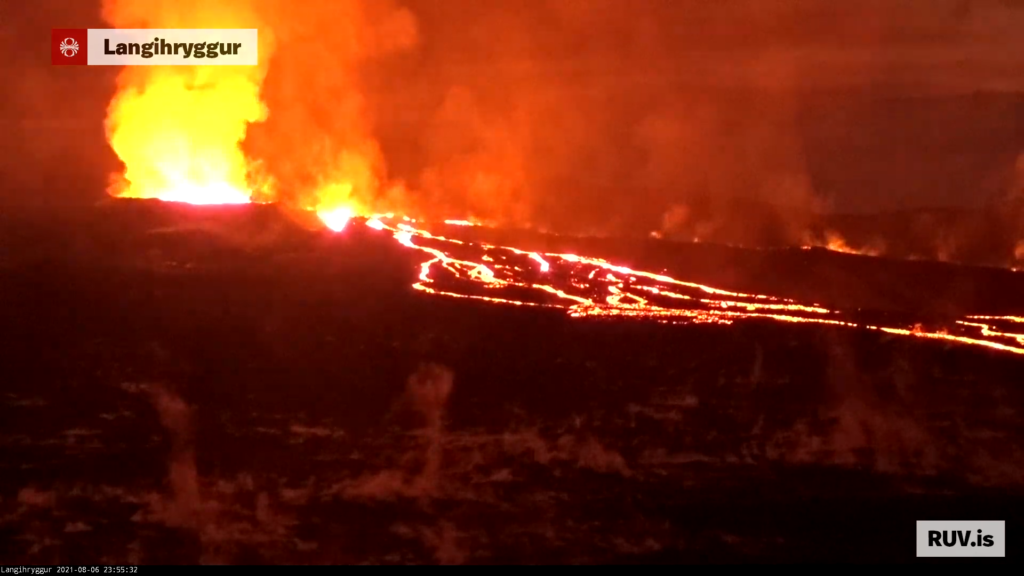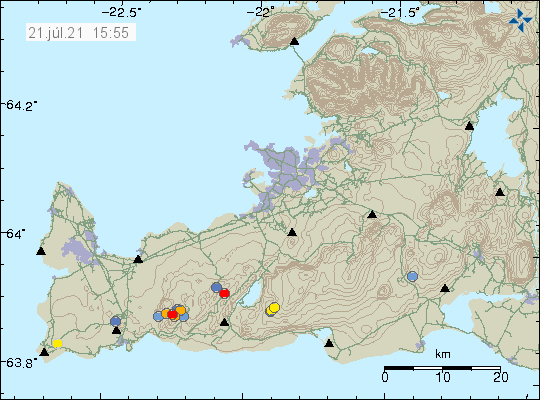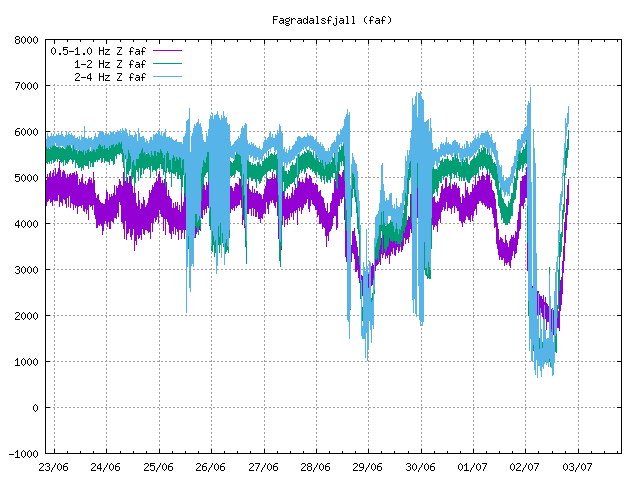This is unconfirmed so there might be number of other reasons why this is being observed. This also might be wrong reporting but based on web cameras that might not be the case. There has been some visual view of this on web cameras. Here are two pictures that I was able to screen grab from two of those cameras.
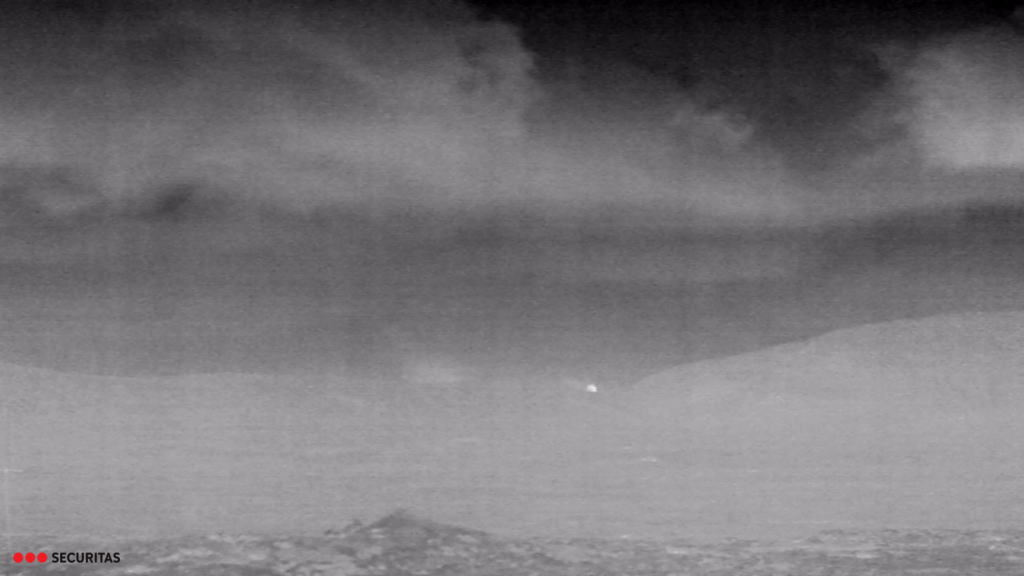
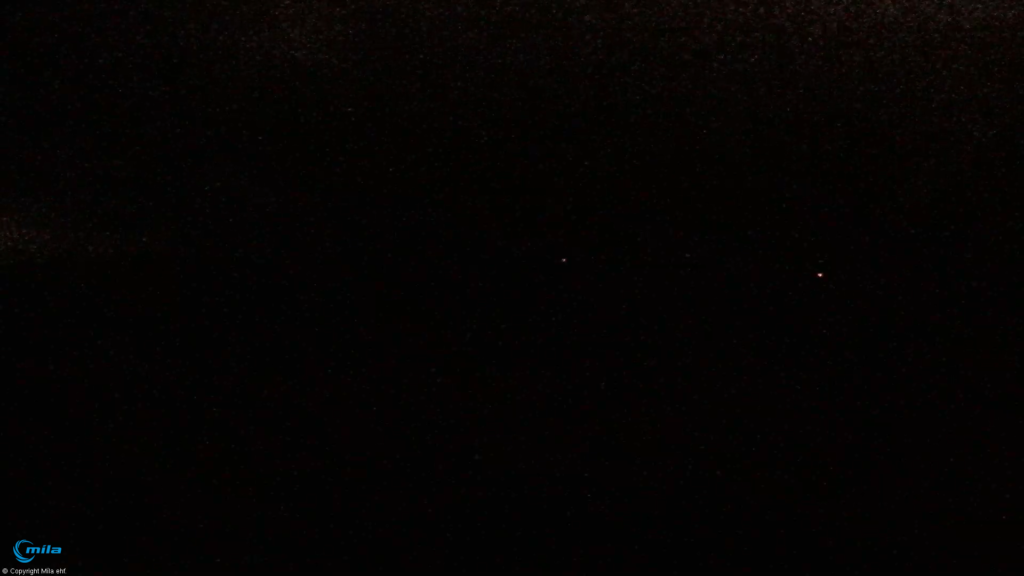
It is unclear what is going on and this might all be wrong. But I am also seeing this new light source on the web camera from mbl.is on YouTube as it peaks a little from behind the large crater in Fagradalsfjall mountain. That crater is not active at the moment.
I don’t know when confirmation is going to appear. If this is an eruption. If this is not an eruption, then there is going to be a confirmation of that too. I’ll post update here is I learn anything more in the next few hours.
Update 03:07 UTC 7-September-2021
The light on the second picture (on the right) is a human made light. I think it is the lighthouse. What is appearing on the thermal camera has not been identified.
Update 13:36 UTC 7-September-2021
This is wrong reporting that happened here. Nothing happened and what was seen on the thermal camera is most likely the heat from the crater. This type of wrong information happens every once in a while. Currently the main crater remains inactive and sulphur colours have started to appear on him from the sulphur outgassing that is now happening.
Article updated at 03:08 UTC on 7-September-2021
Article update at 13:39 UTC on 7-September-2021

